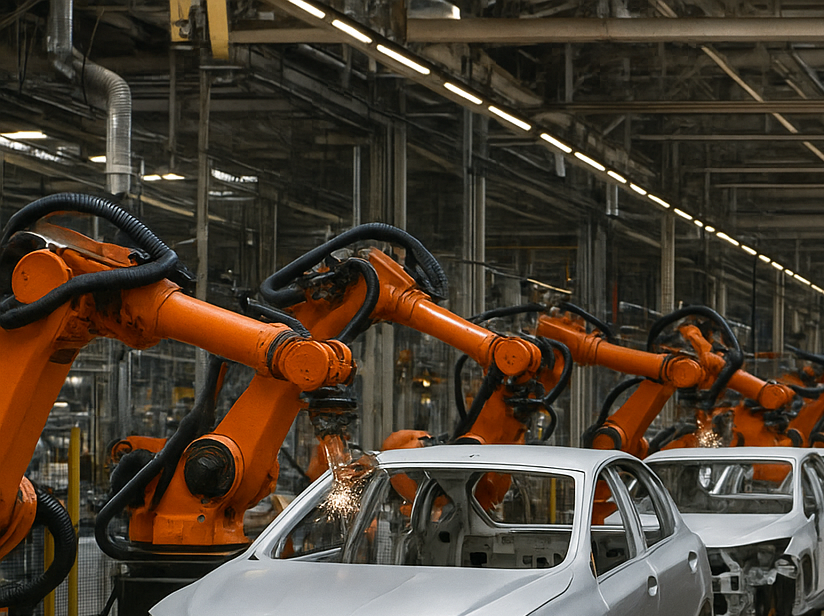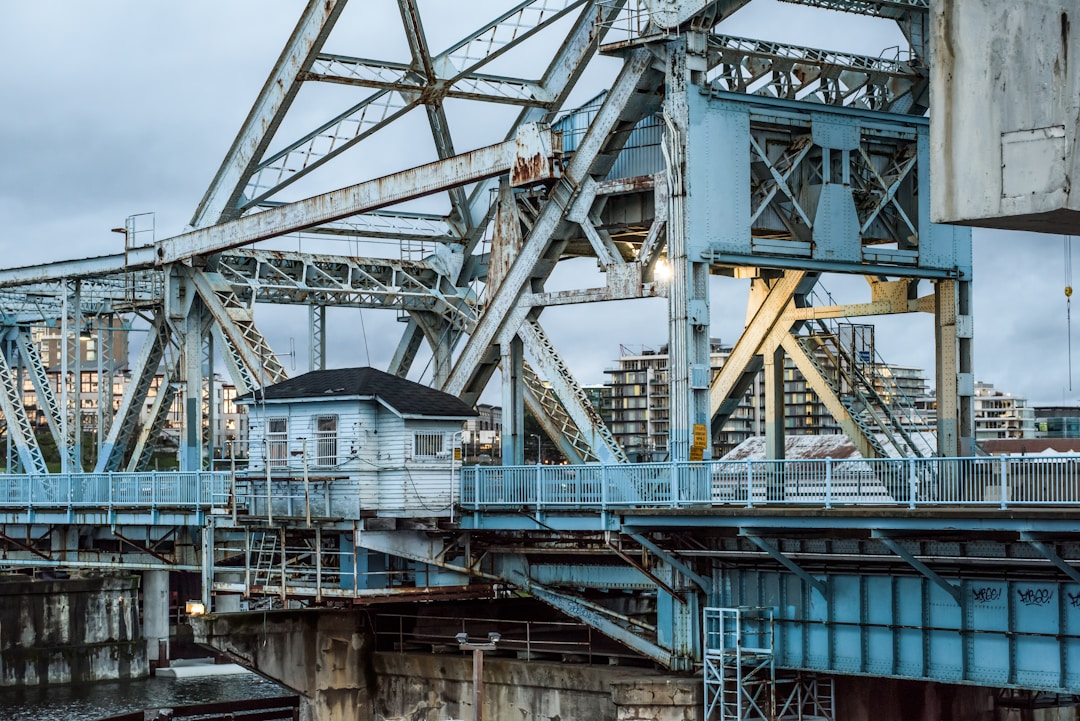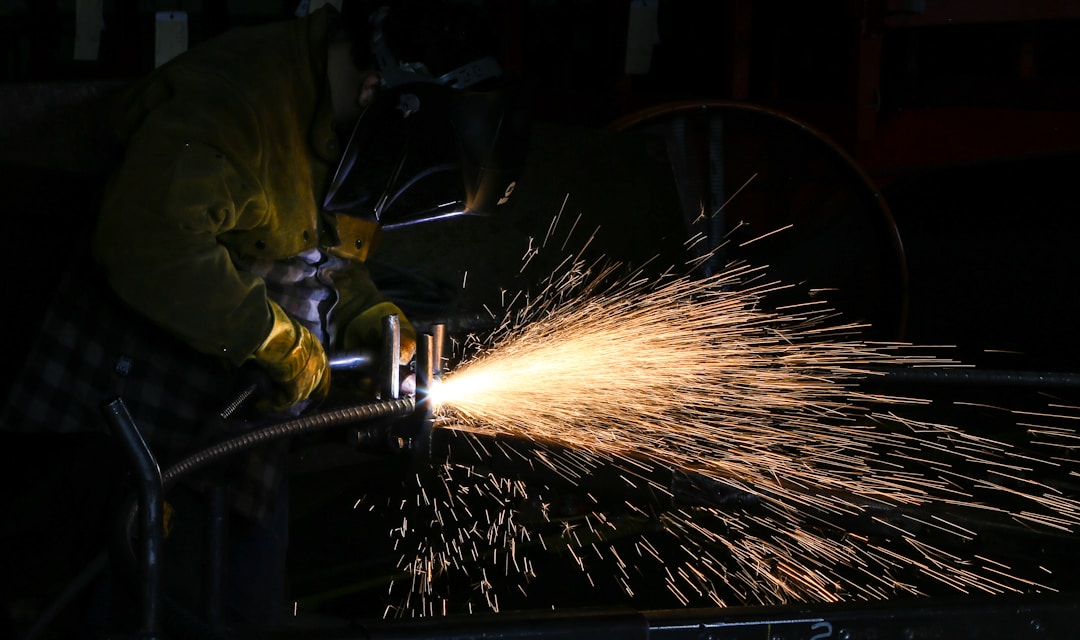With the “tariff storm” coming, what challenges does the steel market face?
2025-04-17
As the "tariff storm" rages, the steel market will face the following challenges:
Exports are blocked
Direct exports are restricted: The United States is the world's major steel importer. Although the "reciprocal tariff" policy excludes steel, the United States has previously imposed high tariffs on steel imported from China, and Vietnam, South Korea and other countries have also taken anti-dumping measures against steel exported from China, which makes China's direct steel exports face great obstacles.
Indirect exports are under pressure: More than 50% of China's export commodities are related to steel, especially mechanical and electronic products, which account for a large proportion of exports. The imposition of "reciprocal tariffs" by the United States may cause other countries to turn to conservatism and reduce imports of Chinese goods, thereby reducing the indirect export volume of steel.
Domestic supply and demand contradictions intensify
Total demand may decrease: If the United States' "reciprocal tariff" policy continues, it may trigger global price increases, drag down the stable growth of the world economy, and even lead to stagflation in major economies, thereby impacting the total global demand. Conservative estimates show that China's total steel demand (including exports) will drop by more than 3 percentage points in 2025.
Overcapacity pressure increases: China's crude steel output is high, and capacity utilization is insufficient. If exports are blocked, the fundamental pressure of the domestic steel market will increase, and inventories may further rise, exacerbating the risk of "price wars".
Price fluctuations
Market confidence is frustrated: The "tariff storm" has triggered fluctuations in global financial markets, and the risk aversion of the capital market has increased. This will lead to insufficient confidence among steel market participants, and investors and companies will be cautious about the market outlook, which will in turn affect steel prices.
Poor cost transmission: The increase in tariffs has led to an increase in steel export costs, and it is difficult for companies to fully pass on the increased costs to product prices. In the case of insufficient demand, the profit margins of companies are squeezed, and steel prices will also be suppressed to a certain extent.
Difficulties in upstream and downstream coordination of the industrial chain
Upstream raw material supply issues: Tariff policies may affect the import of steel raw materials such as iron ore and coal, resulting in unstable raw material supply or price fluctuations, which in turn affects the cost and continuity of steel production.
Changes in demand in downstream industries: Downstream industries such as construction, automobiles, and home appliances are affected by tariffs, and the demand for steel may change. For example, the real estate market is sluggish, and the demand for construction steel continues to decline; exports in industries such as automobiles and home appliances are blocked, and demand for industrial materials may also be suppressed. This makes it difficult for steel companies to accurately grasp market demand, and the coordinated development of upstream and downstream of the industrial chain faces challenges.
In addition, the "tariff storm" may also prompt countries to strengthen trade protectionism, trigger an escalation of global trade frictions, and further deteriorate the international trade environment of the steel industry. At the same time, in the process of responding to tariff challenges, steel companies need to invest more resources in market strategy adjustments, product innovation, and technology upgrades, which will also increase the company's operating costs and management difficulties.
RELATED BLOG







